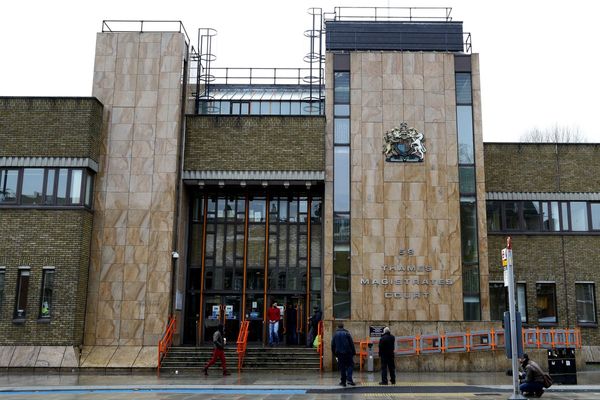
Congratulations. You’re rich!
Australia is now home to 2.2 million millionaires, according to a new study. Half of all Australians in 2021 had more than $400,000 in wealth. It means we have the highest median wealth of all the countries studied.
Yet a financial stress index gives us a score of 40 out of 100 on being able to raise $2,000 in the case of an emergency. We’re more worried about the cost of living than we are about global warming.
What’s the deal?
It is entirely possible to be asset rich and cash poor.
Wealth is a stock – a static pool which we add to, or draw from, as we need. In Australia, it’s mostly our homes and our superannuation accounts. A great nest egg for the long term, but hardly an ideal way to pay for dinner.
Income and expenses, on the other hand, are flows. One look at your transaction account will be enough to convince you that money moves in and (more often) out seemingly constantly. It’s in the flow where the problem lies.
Over the last year, wages have increased 2.6%. That’s on average – not everyone has benefited from a pay bump.
At the same time, petrol prices have increased by an eye-watering 32%. Fruit and vegetable prices are up 7%. The cash rate is more than 25 times higher today than it was last year.
If the graph does not display, click here
It’s understandable then that even the millionaires (on paper) are feeling the pinch.
But the financial pain is most pronounced for those who are on low incomes. Rising costs hurt low-income people the most.
Why?
It’s not because low-income people are spendthrifts. The 20% of households who earn the least in Australia spend more than they earn . Yet, while research is dated, it appears most of their spending is on essential goods and services.
It’s because life is more expensive when you earn less. Whether you call it the poverty premium or the poverty penalty, the effect is the same. The poor pay more.
There are three components to the premium. First, low-income people often have to pay for things that others do not – “special costs”. Second, low-income people often have to pay more for the same goods and services – “enhanced costs’. Third, low-income people may have to buy products which are more expensive in the long run because they don’t have access to cheaper ones – “access costs”.
Special costs can take the form of extra fees and charges. For example, some bank accounts charge fees if an account is overdrawn, or if a payment bounces. Both are more likely to occur when a person is low-income, because they may have limited funds in their account.
They can also be services that are essential to low-income people, but less common for high-income people. As an example, only 20% of the lowest 25% of workers are entitled to paid parental leave, compared with over 50% of those who earn $1,200 or more per week. Those who are not entitled to paid parental leave may thus be forced into paying more for childcare.
The best example of enhanced costs comes from buying in bulk. If you buy five kilograms of potatoes, you’ll pay around $1.40 a kilogram. If you buy potatoes one at a time, the price per kilogram doubles. So why would anyone buy smaller packages? Well, because one potato costs 70 cents, and 5kgs costs $7. If you’re down to the last dollars in your bank account, 70c is what you can afford.
It’s not just buying in bulk. A more efficient fridge can save you $1,000 over 10 years. Yet a higher upfront cost – even if it’s $100 – can be a deal-breaker.
Enhanced costs are also easy to see in utilities. Chances are your electricity or gas provider offers a discount for paying on time. These discounts can be worth 30% of the bill. Which is a great deal if you can afford to pay early. If you’re living paycheck to paycheck, though, getting these discounts is a pipe dream.
Finally, access costs. You’d be much better off paying interest on a credit card than you would on a payday loan. Yet if you have a low income and poor credit history, it may be hard to get approval for a credit card, forcing you to buy the more expensive product.
So while we’re all feeling stretched, it’s those who were already struggling who are under the most pressure. Once you start facing poverty premiums, already high costs become even higher – creating a vicious cycle.
With inflation still at a gallop and wages slow to catch up, we should be thinking about how to reduce poverty premiums. It would be a small relief for people who could use one most.
Jessica Mizrahi is an economic consultant and commentator. She has taught, researched and applied economics for over a decade







